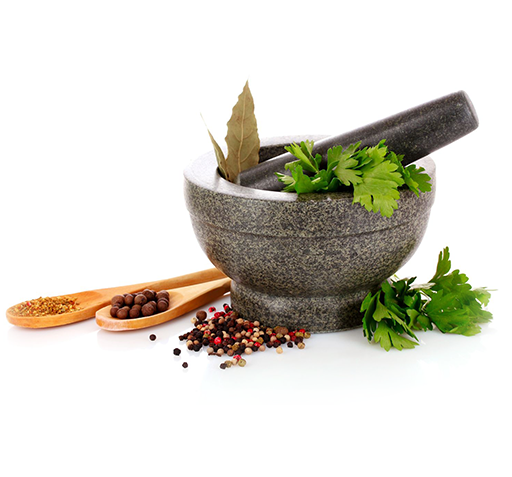Osteoarthritis (OA) is a deep-rooted condition of the joints in which the cartilage cushioning the ends of the bones loses its elasticity and wears away. The treatment therapies with current conventional medicine typically focus on pain reduction and control of inflammation; however, these approaches do not affect the natural course of the disease. At Madras Institute of Ayurveda, we provide traditional application of medicine as well use modern techniques of Ayurveda treatment in Chennai
Osteoarthritis—is the most common form of arthritis globally, with symptoms ranging from minor discomfort to debility. It can occur in any body’s joints but most often affects the hands and weight-bearing joints.
Causes of Osteoarthritis–
While science has no specific reason for the cause of OA, researchers have identified many factors involved in the development of Osteoarthritis. Some of them include inflammation and imbalances that create stress on the joints and cellular disorders too that lead to the abnormal breakdown of cartilage.
Ayurvedic Treatment–
Ayurveda offers various herbal treatments for Osteoarthritis. The plants have anti-inflammatory properties without side effects. Herbal Ayurvedic therapy is very effective in treating knee osteoarthritis. It provides a “safe and effective treatment alternatives” for OA.
The herbs such as–turmeric, Ashwagandha, ginger, Triphala, Guggulu, and Shatavari, have all been shown to decrease inflammation by interfering with the production of chemicals in the body.
*Boswellia-
Ayurvedic herb Boswellia Serrata, also known as “Indian frankincense”, blocks the enzyme–5-lipoxygenase, that plays a significant role in the formation of chemicals– which stimulate and perpetuate inflammation. People with Osteoarthritis who take Boswellia along with Ashwagandha, turmeric, and zinc report to have relief from joint pain and increased mobility and strength in the joints.
*Turmeric-
Turmeric is a spice that is commonly used in Asian cooking. It is also used orally in traditional Ayurvedic medicine to treat a wide range of ailments, many of which are related to inflammation. The active ingredient in turmeric, curcumin, is shown to inhibit vital inflammation-producing enzymes. thus, disrupting the inflammatory cascade.
*Ashwagandha-
Another Ayurvedic herb, Ashwagandha, has known anti-inflammatory effects. The extract of this herb is found to suppress the production of pro-inflammatory molecules.
*Ginger-
The anti-inflammatory effects of ginger are by large, talked off. Ginger works as an anti-inflammatory agent by interfering with an enzyme that produces chemicals in the body. Ginger has a mild to moderate beneficial effect on OA of the knee.
*Triphala-
Triphala has been used in India for ages–for the treatment of Osteoarthritis. Triphala consists of three herbs (Amalaki, Haritaki, and Bibhitaki). The herbs in Triphala show anti-inflammatory effects.
*Guggulu-
The herb Guggulu has been shown to regulate the body’s inflammatory response. Several studies show decreased inflammation and joint swelling after administration of extracts of Guggulu resin.
*Shatavari-
Shatavari is an Ayurvedic herb that is considered to have a soothing, cooling, and lubricating effect on the body. It has an inhibitory effect on the chemicals that actually create inflammation in the body.
The Benefits of Meditation–
An important principle in Ayurveda is the acknowledgement of the importance of the emotional and spiritual aspects of health and healing. Health is achieved by balancing the body, mind and spirit. Meditation provides a way to achieve the above balance. Mind-Body Practices–such as meditation have value as part of a treatment regimen for chronic pain caused due to various conditions.
Madras Institute of Ayurveda [ MIA] is the centre of Ayurveda treatment in Chennai , where ancient tradition meets modern techniques, ranging from Panchakarma treatment to Rejuvenation treatment. With facilities for a whole range of quality ayurvedic treatments on par with the highest standards and most beautiful traditions dating back to Vedic times, Care begins with an accurate diagnosis, based on which the experts create a customised treatment plan for the disease and not just the symptoms.
Connect with MIA at www.miayurveda.org to learn more.



